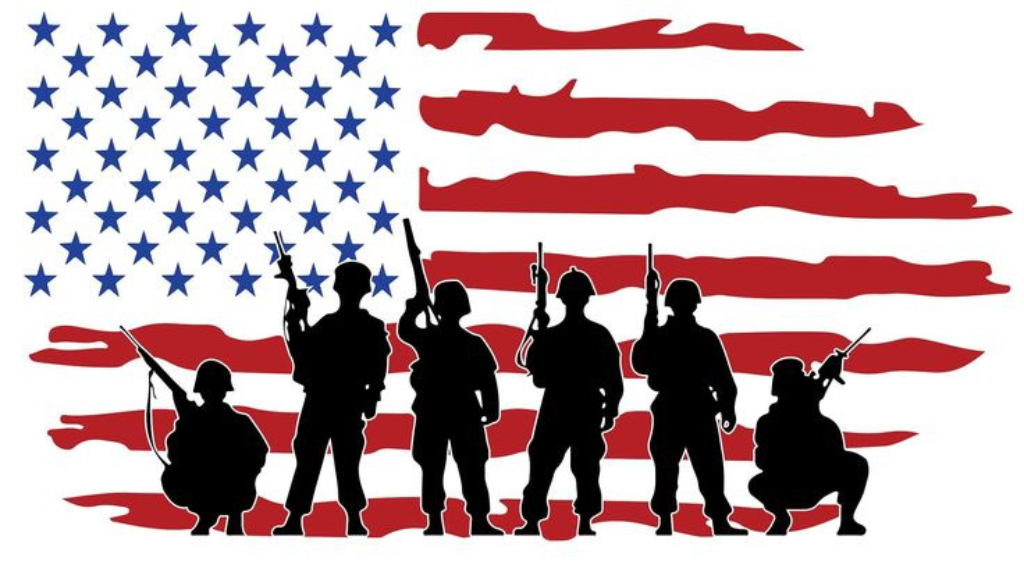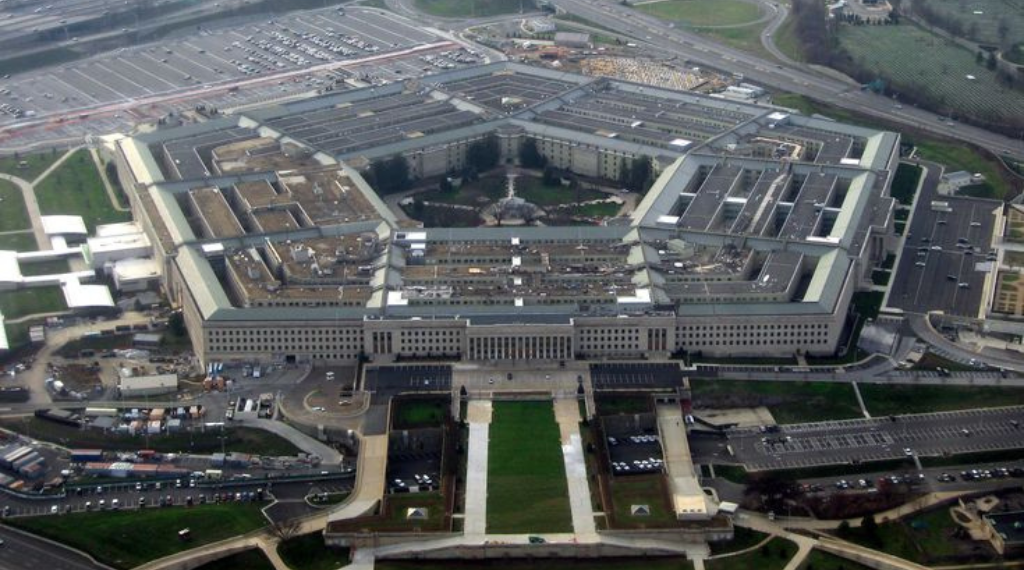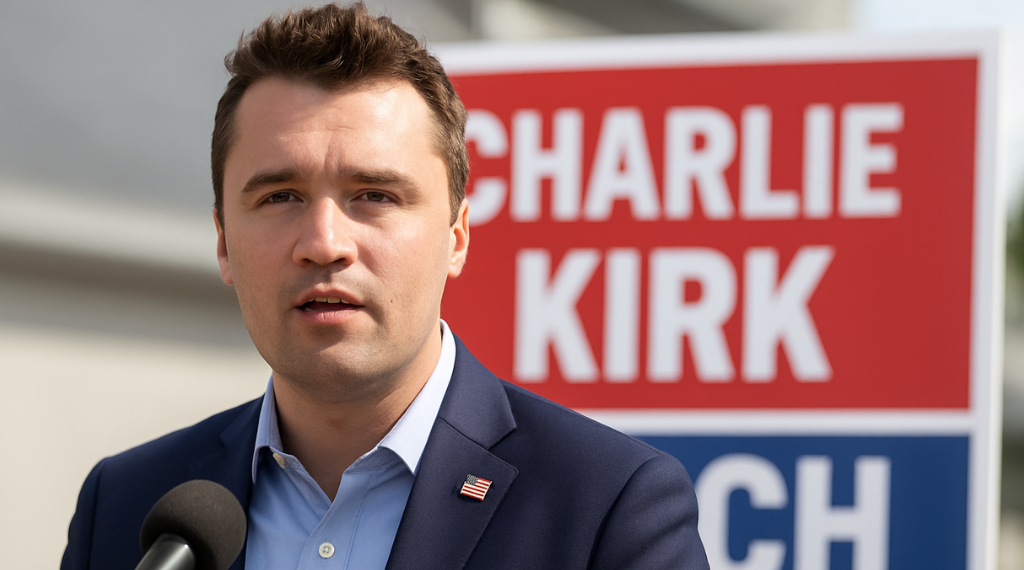In recent days, the spotlight has turned sharply toward U.S. military leadership after Defense Secretary Pete Hegseth convened an unusually broad meeting with top Pentagon officials and service chiefs. The move has stirred debates about the future of civil-military relations, the direction of U.S. defense policy, and how political influence is shaping the armed forces.
Why This Meeting Matters
The Pentagon is no stranger to high-level briefings, but Hegseth’s gathering stood out for its scope and messaging. Analysts suggest it was designed not only to reinforce discipline within the ranks but also to send a political signal.
According to The Guardian, the meeting underscored the administration’s determination to ensure loyalty across military leadership. Others argue it reflects growing tensions between political leaders and defense institutions.
The State of U.S. Civil-Military Relations
Civil-military relations — the balance of power and influence between elected leaders and the armed forces — have long been a delicate subject in U.S. history.
- In times of war (e.g., Iraq, Afghanistan), tensions have surfaced over military autonomy vs. political oversight.
- Today, with rising global competition (China, Russia, cyber warfare), the question is whether politics is overshadowing professional military judgment.
For a deeper dive, see this background from Brookings Institution on civil-military challenges in modern democracies.
Hegseth’s Leadership Style: Break from Tradition?
Pete Hegseth, a former Army officer and TV commentator, has taken a different approach compared to his predecessors:

Direct communication with troops through social media and public rallies.
Emphasis on loyalty and unity of message within the chain of command.
Closer alignment with President Trump’s agenda, sometimes clashing with Pentagon bureaucrats.
According to Foreign Policy, this leadership style is drawing both praise for clarity and criticism for politicization.
According to Foreign Policy, this leadership style is drawing both praise for clarity and criticism for politicization.
Defense Readiness & Global Challenges
The timing of the meeting also matters:
- Rising tensions in the South China Sea.
- NATO debates over defense spending.
- Continued U.S. operations in the Middle East and recent strikes on Venezuela-linked drug vessels (BBC News).
- Growing reliance on AI and defense technology partnerships with Silicon Valley firms (Defense News).
These developments demand strong coordination — but also raise fears of blurred lines between strategy, politics, and military discipline.
Why This Story Resonates
Observers note that the debate over the Pentagon meeting carries weight beyond Washington. At stake is whether political decisions could directly shape U.S. military readiness, how much independence senior commanders should maintain from civilian leaders, and what role emerging technologies such as drones, cyber-warfare, and artificial intelligence will play in future conflicts.
What Comes Next
The Pentagon has not announced whether further meetings of this kind will be held, but analysts say the gathering highlights how questions of political loyalty, defense readiness, and civil-military balance are likely to remain at the center of U.S. defense policy debates. Decisions made in 2025 could shape America’s military posture for years to come.
As debates unfold, one thing is clear: military leadership decisions in 2025 will echo far beyond Washington — shaping America’s defense posture for decades to come.



